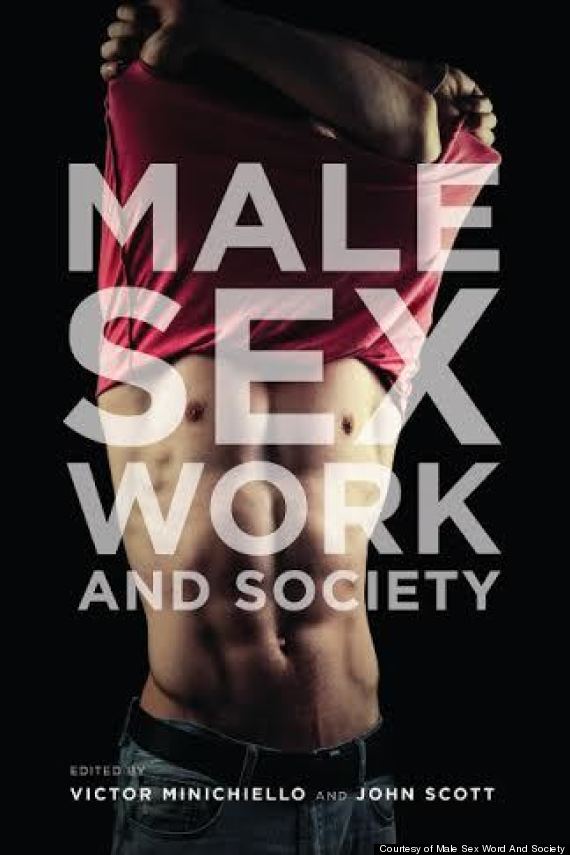
A compelling new book this week that examines the practice of sex work by men from both a modern day and a historical perspective hit the shelves.
Male Sex Work And Society is a collection of essays and studies that examines the role of male sex work from an interdisciplinary perspective, including fields of study like public health, sociology, psychology, social services, history and mental health.

"By bringing male sex work into the light via studies, insights and first-hand accounts, Male Sex Work and Society allows us to understand the long and fascinating history of male prostitution, and thus humanize our view our view –- and attitudes toward –- the modern day male escort," editors Victor Minichiello and John Scott told The Huffington Post. "While conditions are better for male sex workers now than they were in the past, there is much room for improvement. As the authors argue, greater social acceptance of male sex workers would likely lead to improved standards in the sex industry, not only for escorts but also for their clients. New codes of conduct ideally would not only acknowledge and protect workers’ rights but also lead to more widespread use of safe-sex practices and better information about sexual health."
Check out some facts about male sex work throughout history below and head here for more information about Male Sex Work And Society. •Roman Emperors Caesar and Nero were bottoms. For rich and titled Roman men, it was culturally acceptable to keep a “concubinus”–a slave to service them sexually before marriage.
•In fifteenth-century Florence, it was not uncommon for young men (12 to 20 years old) to engage in long-term sexual relationships with rich benefactors, many of whom were surprisingly young, often in their 20s. And the parents approved!
•In mid-1600s Japan, “kabuki wakashu” male actors were often prostitutes, much sought after by male and female patrons for their beauty. It was common for Buddhist and samurai warriors to have sex with their young male apprentices, in much the same way that Greek noblemen were permitted to have a sex with the youths they were mentoring–as long as the relationship was educational, not purely sexual.
•The tradition of soldiers selling sex to gay clients dates back to the early 1700s and continued well into the twentieth century. In “barracks prostitution,” hustling soldiers frequented their own bars, worked “soldiers’ promenades,” and regularly initiated new recruits into hustling.
•Oscar Wilde referred to sex with the young working-class male prostitutes (ages 16 – 20) he favored as “feasting with panthers” because “their passion was all body and no soul.”
•Popular in America and Europe at the turn of the nineteenth century were transvestite male hustlers known as “fairies.” Some worked in all-fairy brothels and saloons, others worked in female brothels as exotic offerings for male clients, and still others worked the streets, either on their own strolls or on strips known to have a mixed menu of hustlers on display
•In the late 1800s, London’s Cleveland Street Affair exposed a male prostitution ring run by young teenage messenger boys from the Royal Post Office. None were charged in the bust, as the court decided the boys were too young to know better.
•In 1899 New York City, hustler bars proliferated on the Bowery near Fifth Street (Little Bucks, Columbia Hall), Bleecker Street (The Slide), and West Third Street (The Golden Rule Pleasure Club, favored by transvestite hustlers).
•During the Depression, around 1932, so many men took to prostitution that the “straight-acting” hustler became the new norm on more popular strolls (also walked by down-and-out soldiers), pushing out the effeminate streetwalkers known as “fairies.”
•As homosexuals became more visible and identifiable due to gay liberation, straight or straight-acting hustlers began to fear selling sex to other men, because by doing so they’d be identified as a homosexual. Not only did they reject “self-identifying” as gay, but even gay hustlers knew they could not identify as such without turning off their gay clientele, who far preferred straight trade. The upside was that with gay liberation, gay men began buying sex from other gay men instead of straight hustlers who recoiled at the thought of being identified as gay.